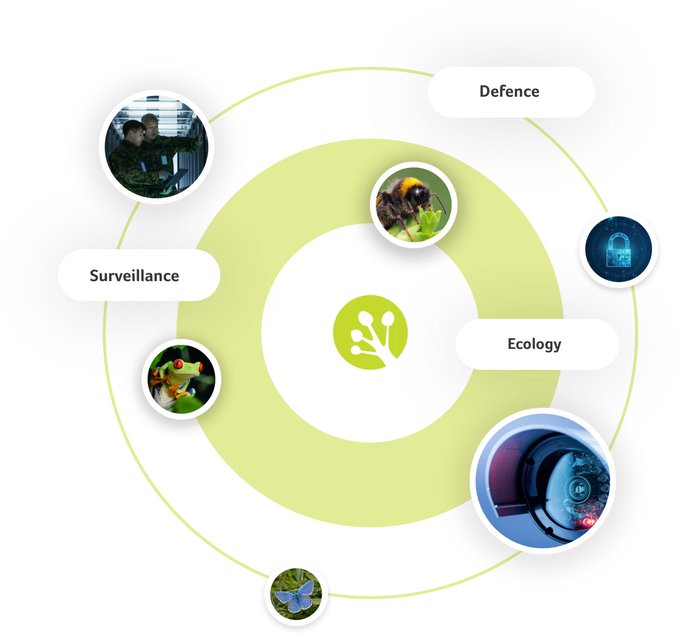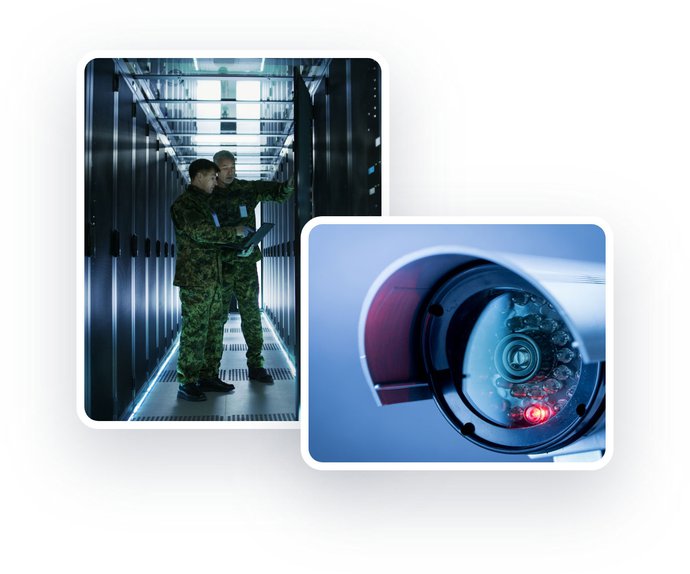Pure Vision
Ability to detect specific motion and track individual objects. Distance of object is unlimited as active infrared and heat signatures are not used. Tuneable so object size can be selected, allowing only motion by subject of interest to be detected, tracked & recorded.
Multimodal Functionality
Record movement, thereby generating a permanent record which comprises only relevant events. Subsequent analysis can be undertaken at any time. Produce a time-lapse series if needed. Can be applied to both live feed and pre-existing movies.
Compact & Economic
Can run on any architecture including single board, low energy consumption computers. Low hardware costs mean that individual units may be considered expendable, enabling field deployment as a ‘fire-and-forget’ IoT sensor.






